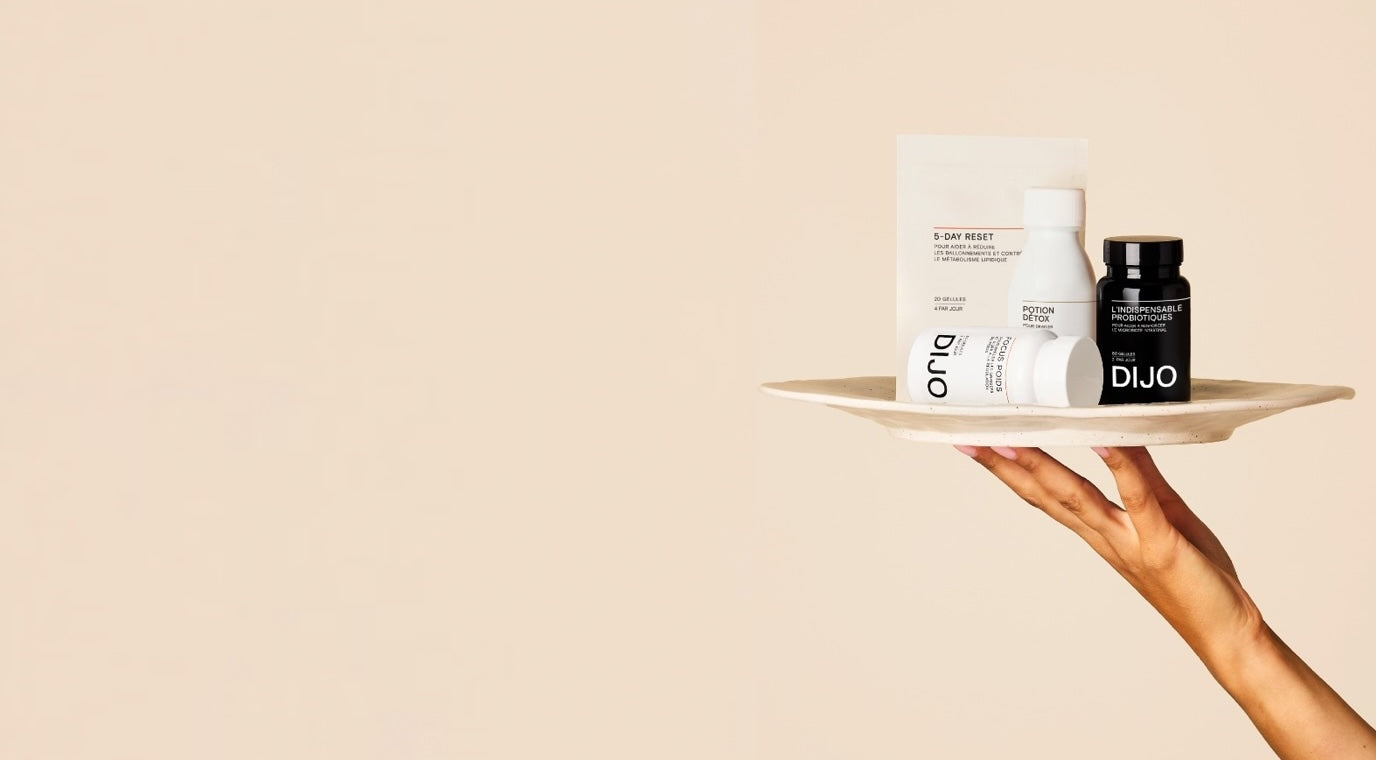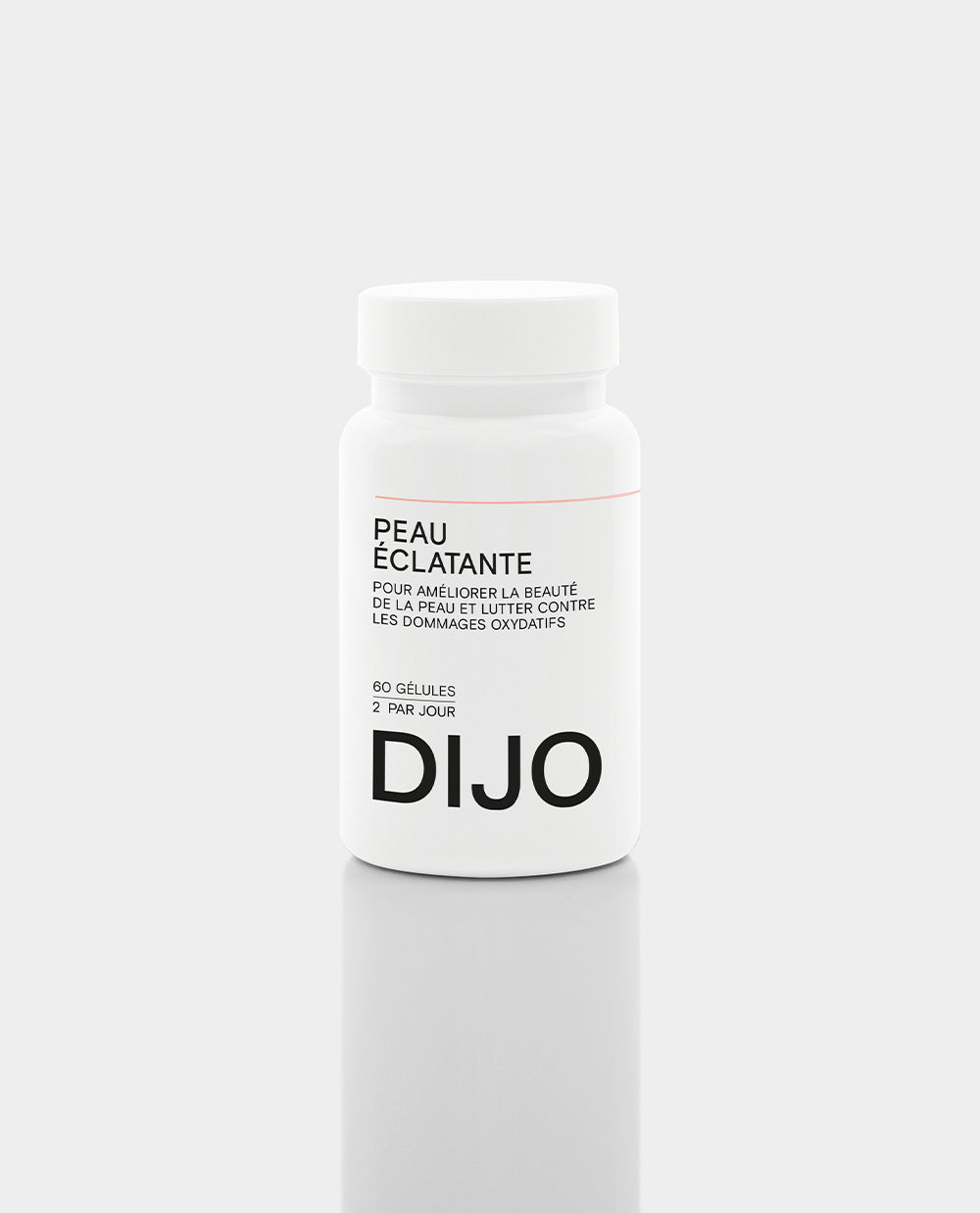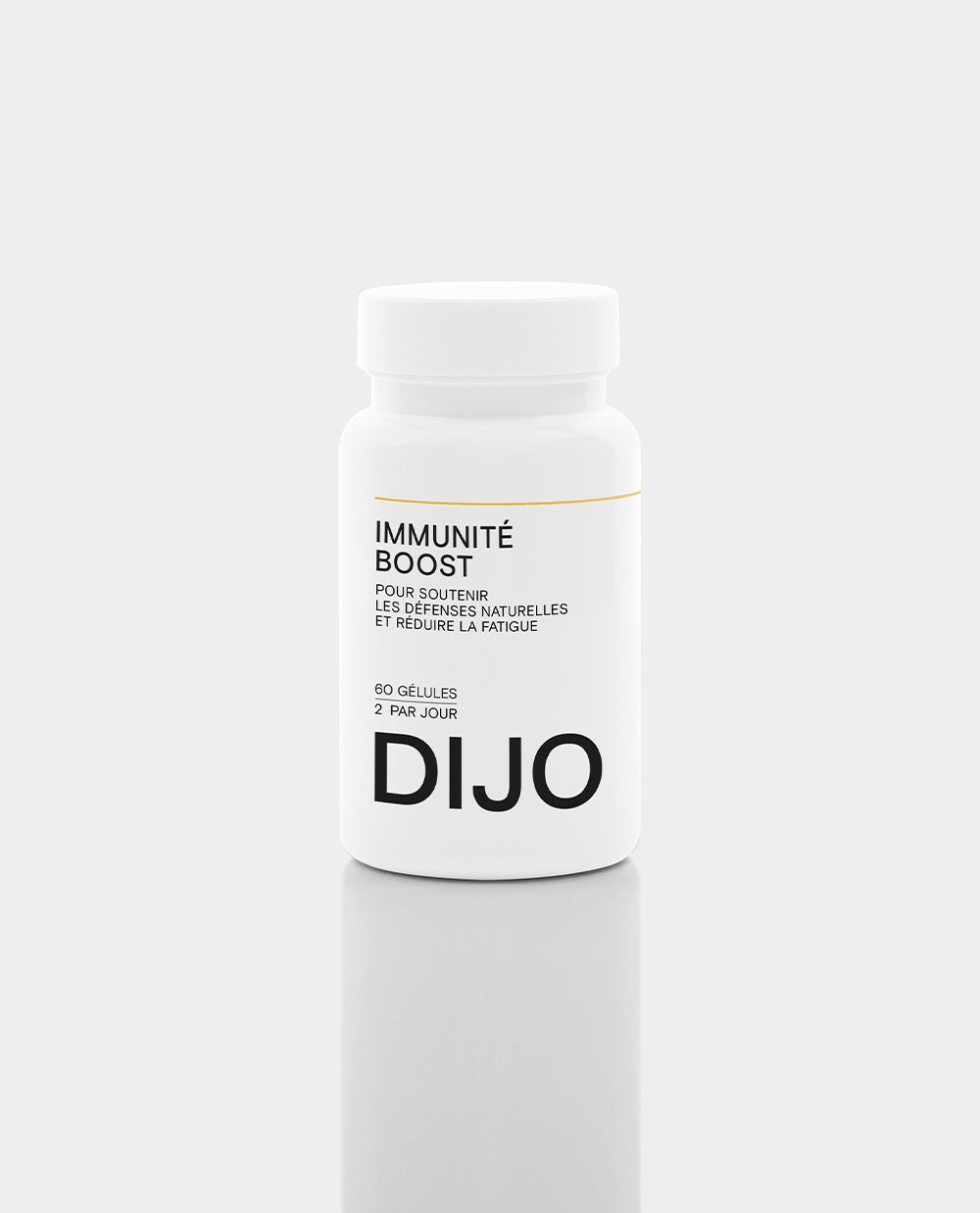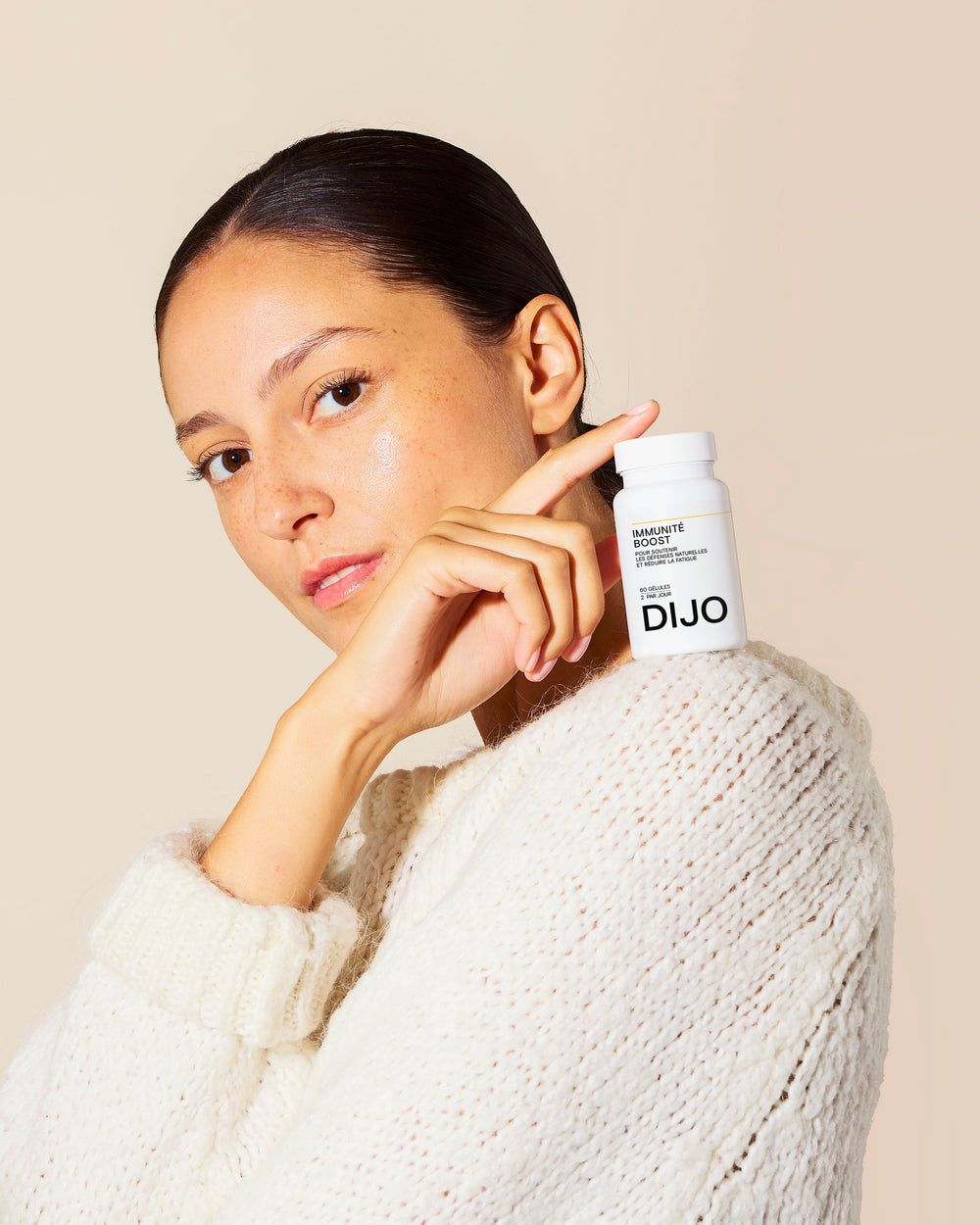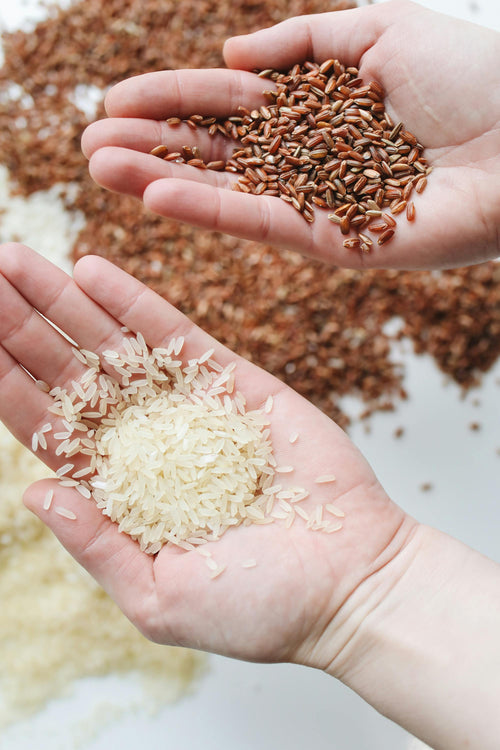Consuming probiotics is not always enough to improve small everyday discomforts; the bacteria consumed must still be able to provide the desired benefits. And for this, nothing beats a healthy and balanced diet, including a sufficient proportion of foods with a prebiotic effect.
What are prebiotics?
Prebiotics are non-assimilable carbohydrates, that is to say fibers, which colonic bacteria called probiotics use for their growth and metabolic activity. It is therefore the “food of probiotics”; The prebiotic effect of a food often depends on its fiber content, although not all types of fiber show a significant prebiotic effect.
Due to the body's inability to digest and assimilate these nutrients, prebiotics progress along the digestive tract, undegraded, and therefore arrive intact when they come into contact with intestinal bacteria. These are capable of disintegrating them to feed on compounds useful for their proliferation and/or their metabolism. But that's not all, this digestion process turns out to release other beneficial compounds, including short-chain fatty acids that are then used by the host as an energy source. These also play a role in fatty acid metabolism and fat storage.
What are the advantages ?
Prebiotics have several benefits:
- stimulating the growth and metabolism of colonic bacteria, thus accentuating all the benefits linked to a healthy microbiota.
- the benefits linked to the consumption of fiber: laxative effect, reduction in the absorption of macronutrients inducing, among other things, a reduction in post-prandial hyperglycemia and hyperinsulinaemia, a hypocholesterolemic and hypotriglyceridemic effect, as well as help for people in research weight loss.
- the increase in colonic fermentation, useful for the release of compounds beneficial to our body and the absorption of vitamins and minerals.
Finally, other more targeted advantages should be highlighted, such as support for the immune system or their inhibitory effect on carcinogenesis, thus reducing the risk of colorectal cancer. Some research even tends to highlight a possible effect on the quality of sleep.
Where to find prebiotics?
Overall, prebiotics are found in all foods rich in fiber, that is to say foods mainly of plant origin: fruits and vegetables (dried and fresh), oilseeds, seeds, algae, cereal products (especially wholemeal) . You can find a list of the foods richest in fiber in the article The 5 anti-constipation commandments .
Among the foods richest in fiber responsible for the prebiotic effect, we find:
|
FOOD CATEGORY |
FOOD |
|
Fruits |
Bananas, raspberries... |
|
Vegetables and plants |
Carrot, radish, artichoke, endive, asparagus, leeks, garlic, onion, salsifi, chicory... |
|
Cereals products |
Wheat, barley, rye... |
|
Seeds and oilseeds |
Chia seeds, flax seeds, walnuts, pistachios... |
Remember that the fiber recommendations are around 30 to 35 g per day, this intake is sufficient to properly nourish your colonic bacteria. Unfortunately today, only 11% of the French population respects this recommendation.
It is therefore possible to supplement with prebiotics in capsule form in order to ensure this daily intake, especially for people affected by a stomach pathology which prevents them from consuming a sufficient quantity of foods rich in prebiotics because they carry them home. digestive disorders.
Sources :
[1] Holscher, H. (2017). Dietary fiber and prebiotics and the gastrointestinal microbiota. Accessed October 11, 2021, at https://pubmed.ncbi.nlm.nih.gov/28165863/
[2] Markowiak, P., & Śliżewska, K. (2017). Effects of Probiotics, Prebiotics, and Synbiotics on Human Health. Accessed October 11, 2021, at https://pubmed.ncbi.nlm.nih.gov/28914794/
[3] Reflower or make it flourish: What are probiotics and prebiotics?. (2020). Accessed October 11, 2021, on
https://www.inserm.fr/c-est-quoi/reflorir-ou-faire-florir-c-est-quoi-probiotics-et-prebiotics/
[4] Quigley, E. (2019). Prebiotics and Probiotics in Digestive Health. Accessed October 11, 2021, from https://pubmed.ncbi.nlm.nih.gov/30267869/

